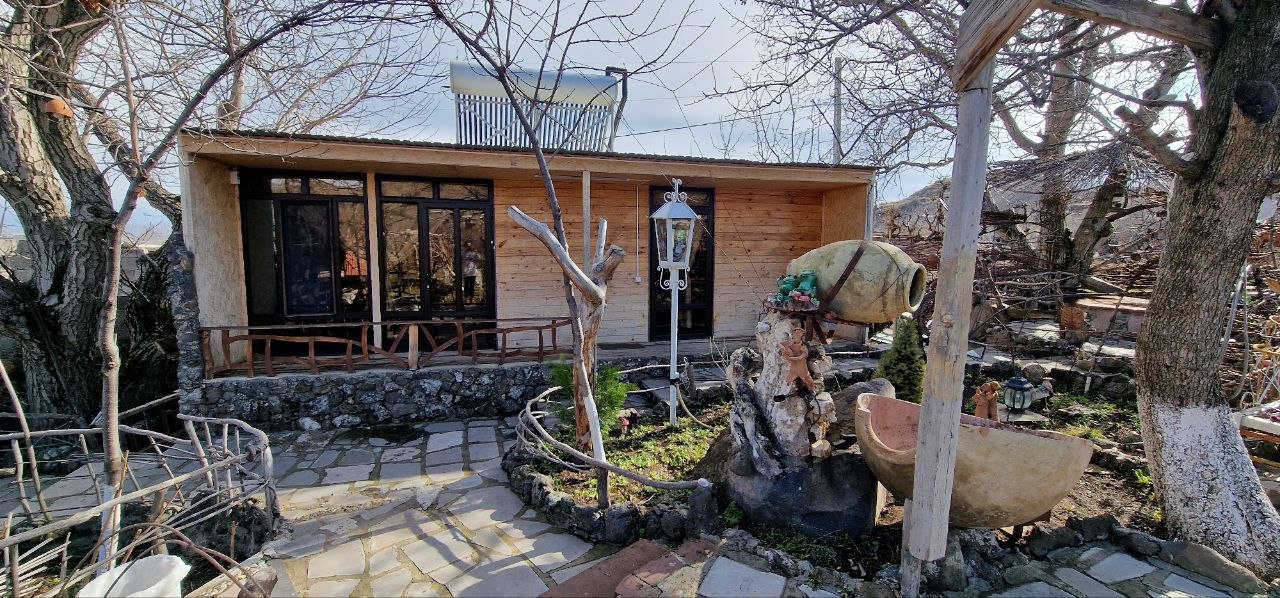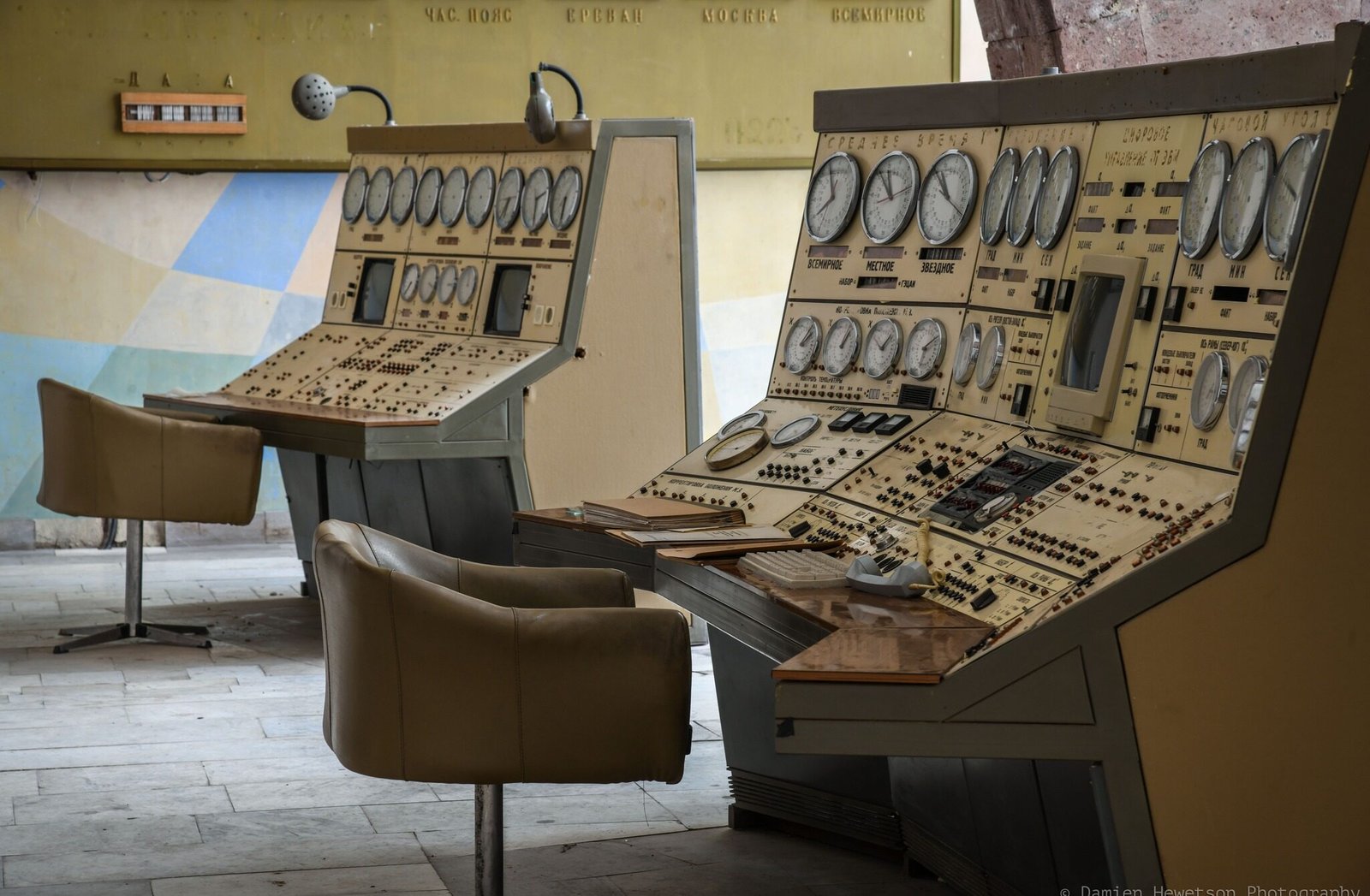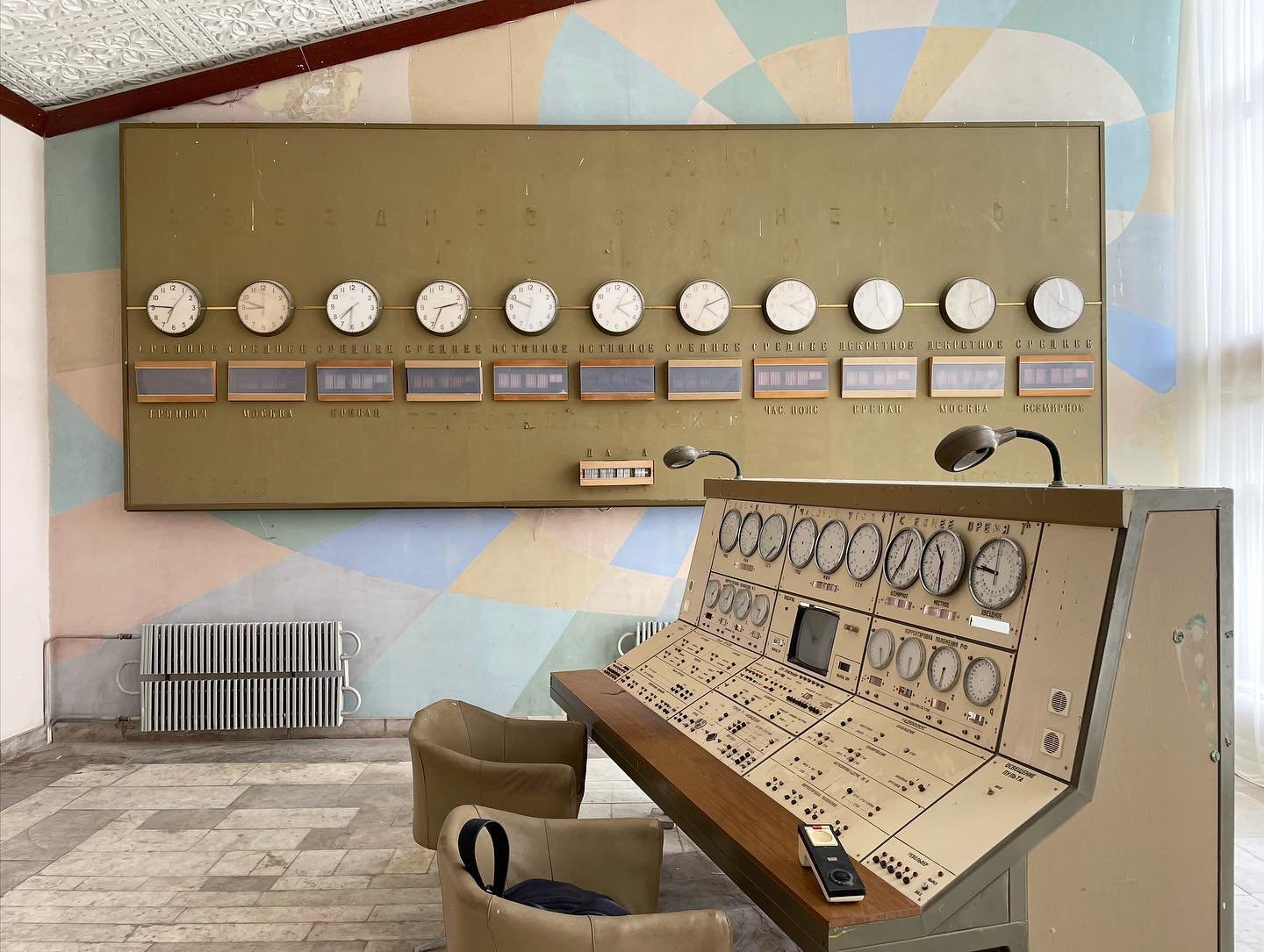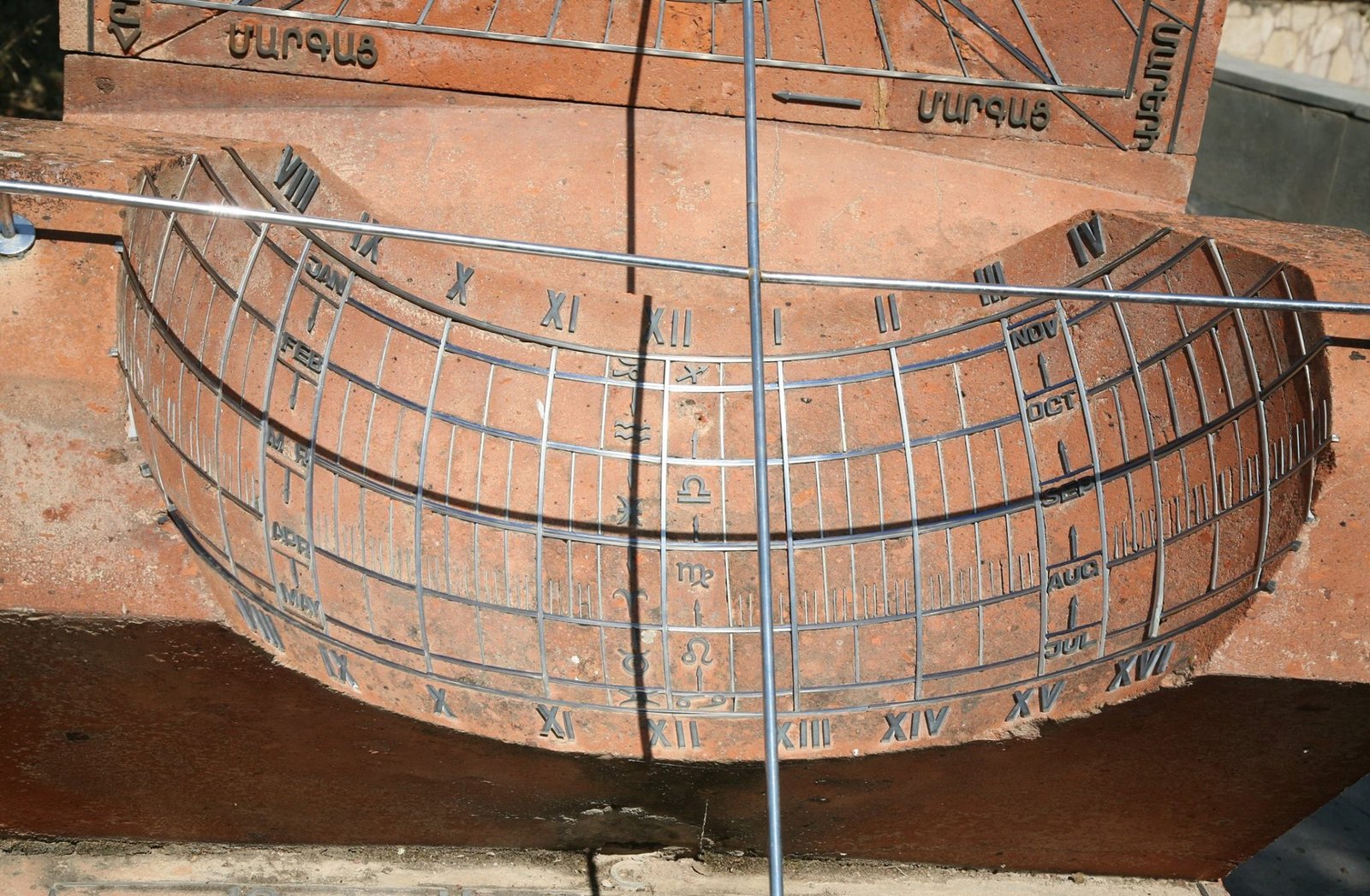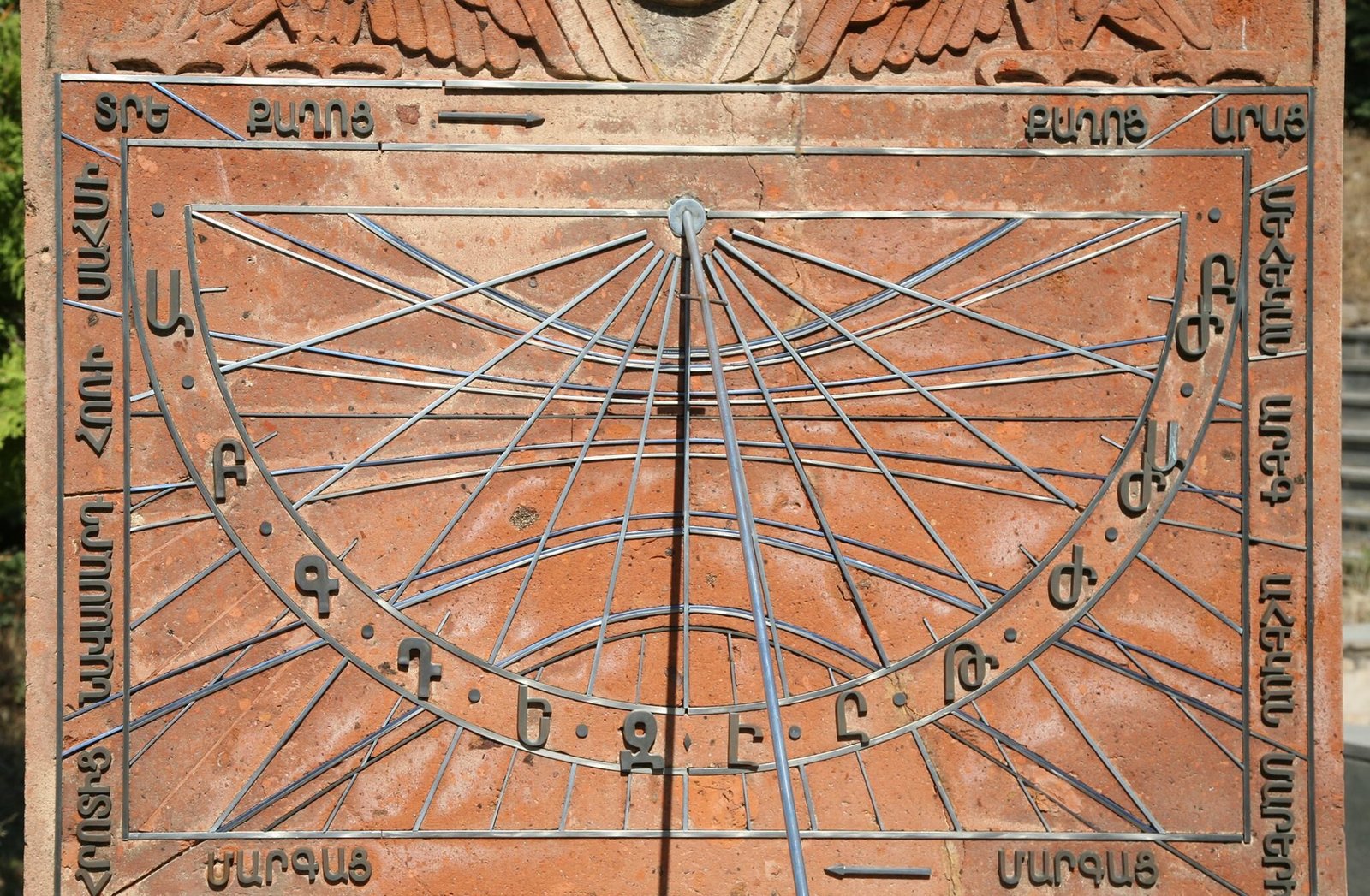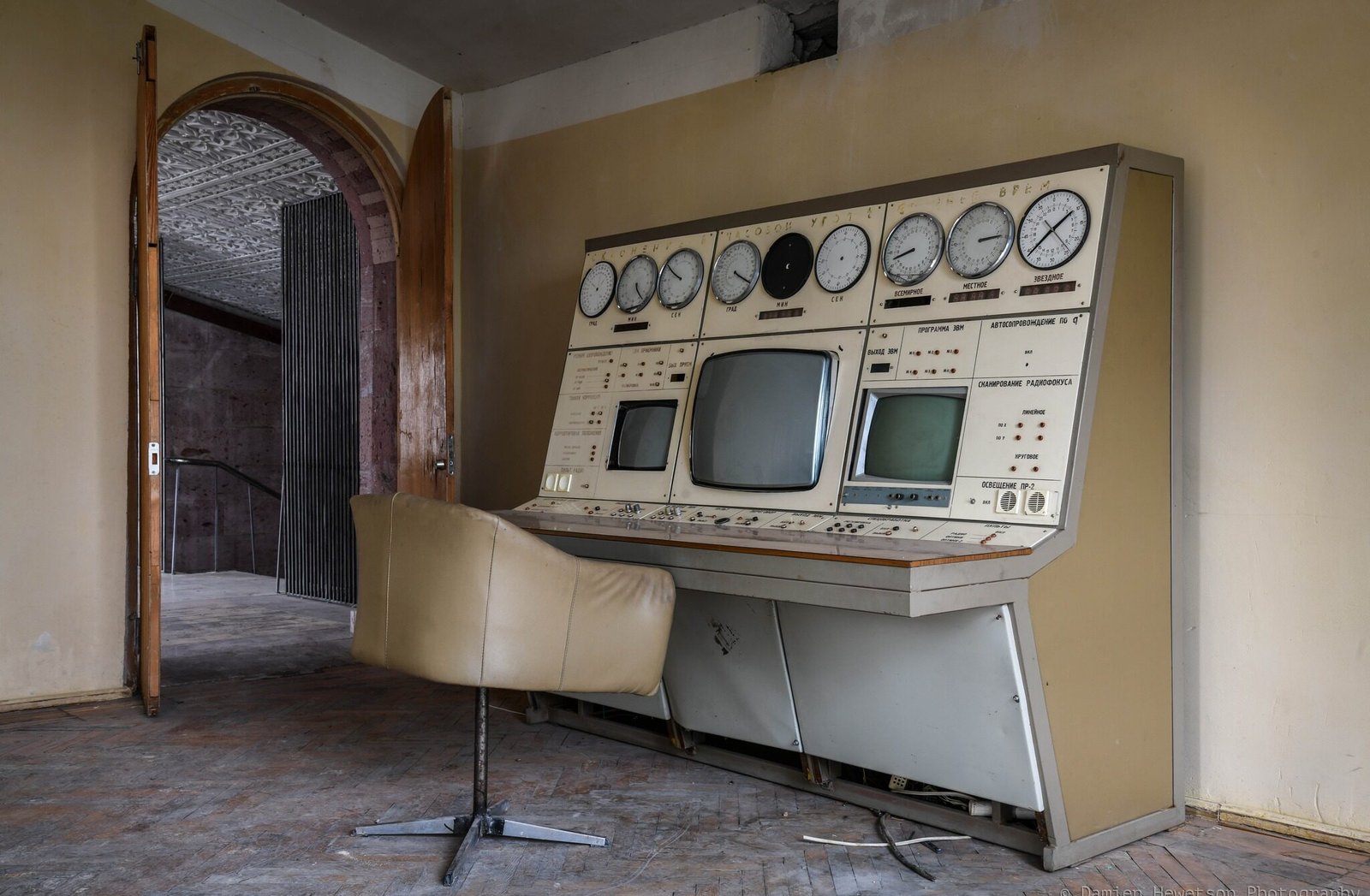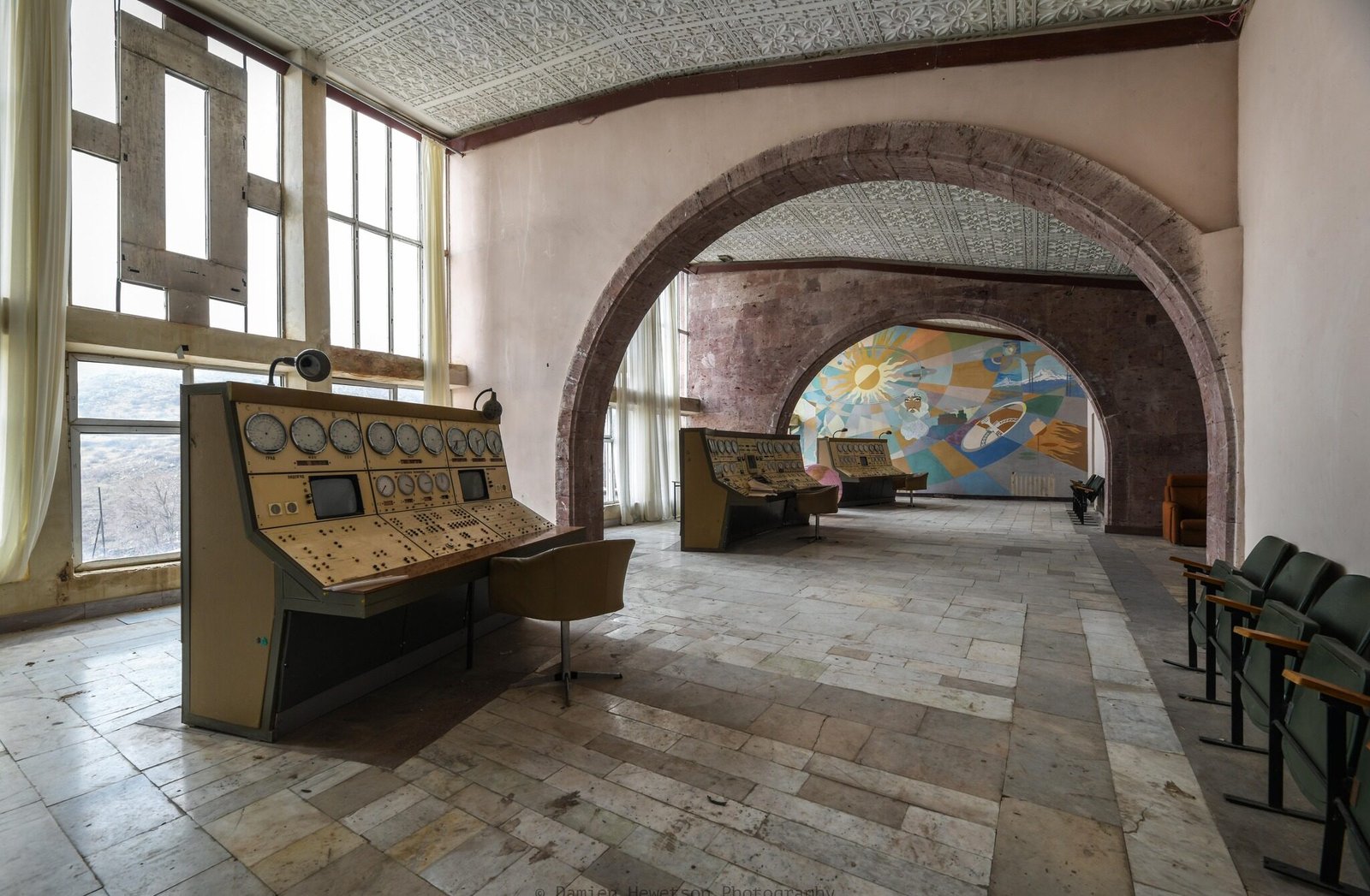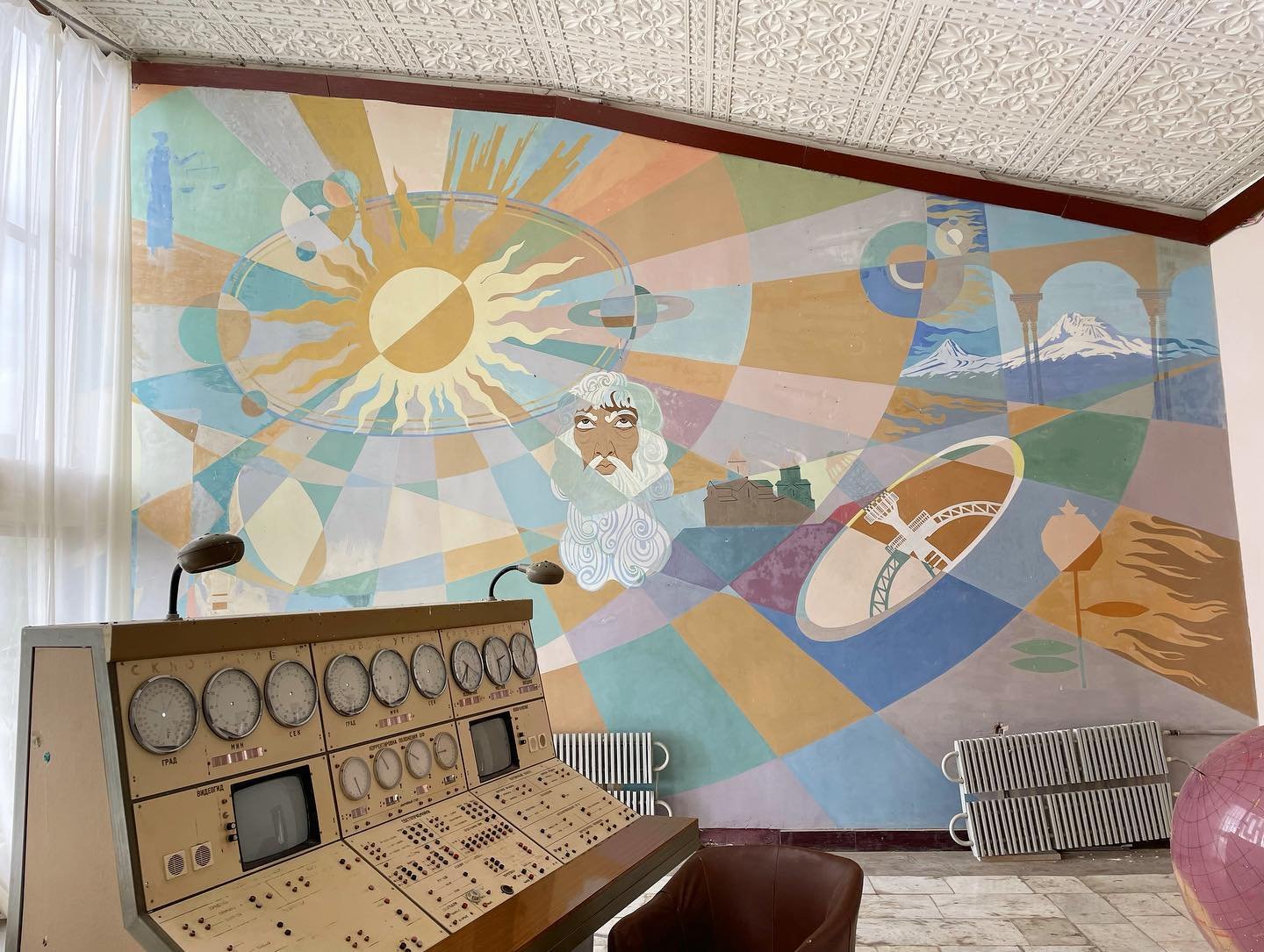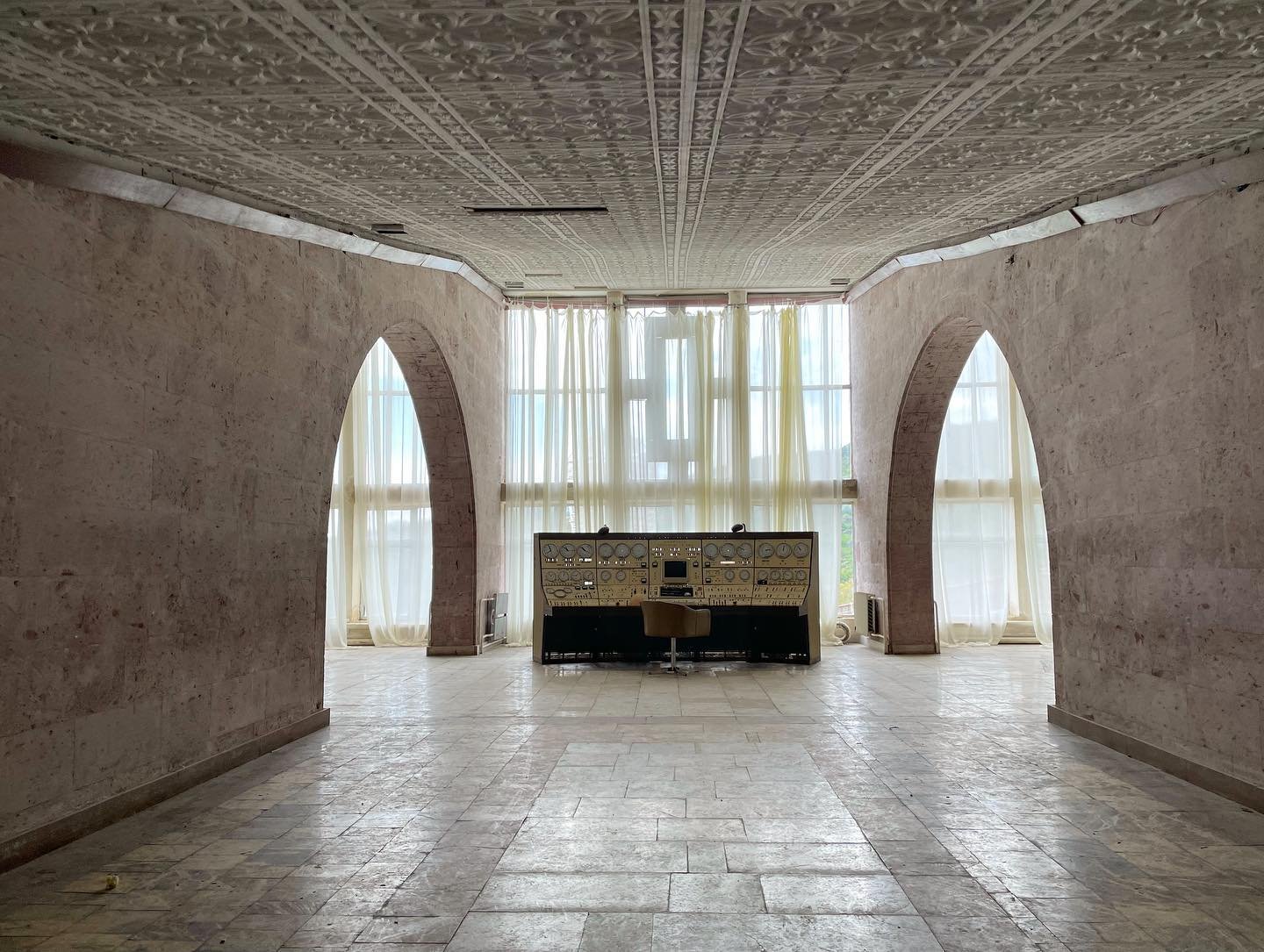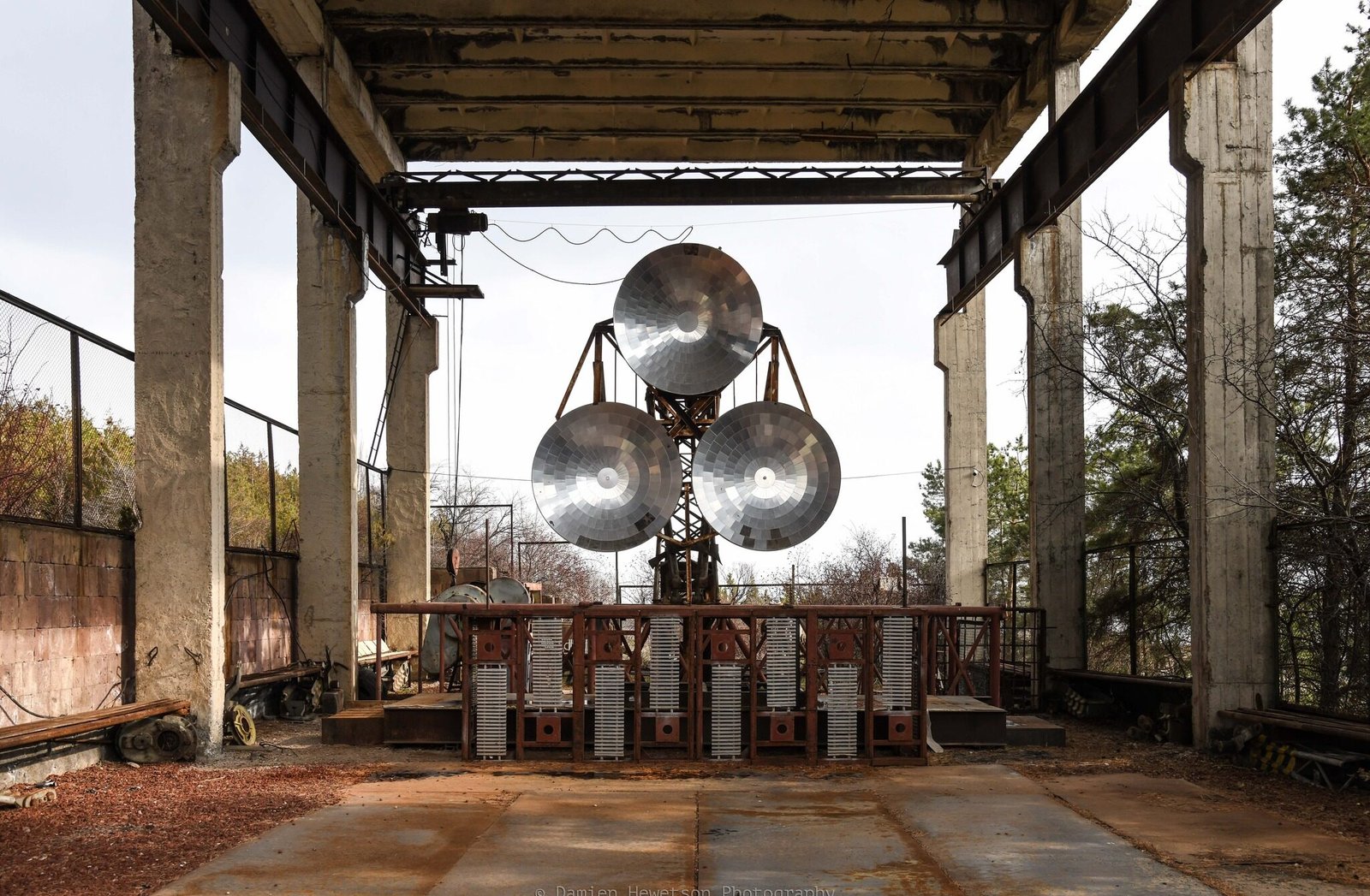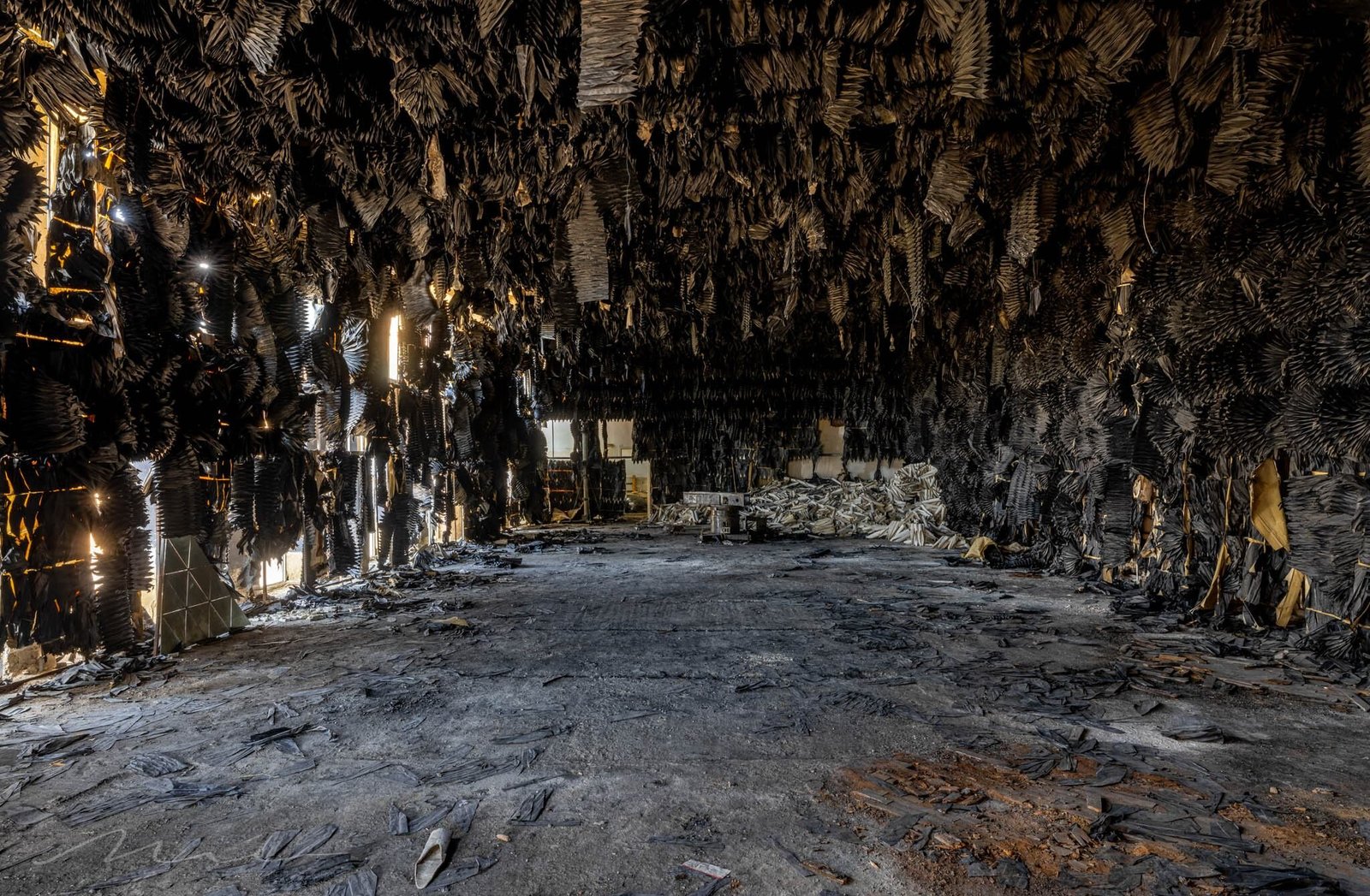WORKING HOURS
-
-
-
-
-
-
-
Latest Listings
Related Listings
Close To You
Herouni Radio-Optical Telescope
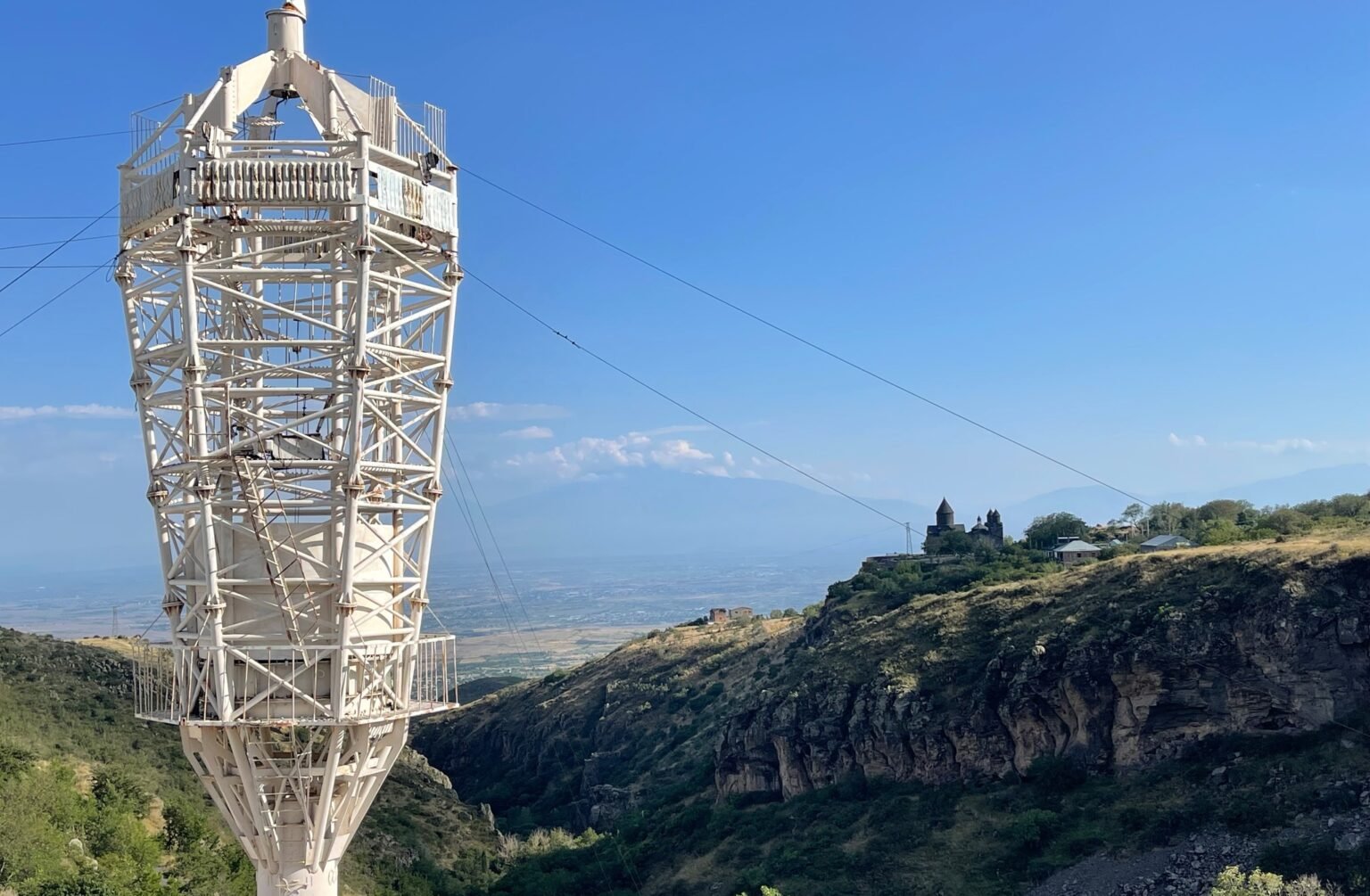
Science Activity
1-3 hours
Easy
Cash, Card
🔭 Type: Scientific Observatory
📍 Location: Between the villages of Orgov and Tegher, on the southern slope of Mount Aragats
⛰️ Altitude: Approximately 1,700 meters above sea level
🆔 Official Name: ROD-54/2.6 (Herouni Radio-Optical Telescope)
🏛️ Registered as a Cultural Monument: Since 2002, No. 2.114.19.11
📞 Contact & Booking: https://www.armstandard.am/en/page/176
VISITATION PROCEDURE
To schedule a visit, an email should be sent to info@armstandard.am at least 3 working days in advance, including:
✓ Formal letter stating the purpose of the visit,
✓ List of all visitors with passport or ID copies,
✓ Payment receipt (to "AMIO Bank" CJSC, A/N 1150012490810100) with the payer's full name, visit purpose, and “National Body of Standards and Metrology” CJSC as the recipient,
✓ Copy of the payer’s passport or ID.
OVERVIEW
Located in Armenia, the Orgov Radio-Optical Telescope (ROD-54/2.6) is a globally unique scientific and technical structure that integrates both radio and optical astronomical technologies. Initiated by Professor Paris Herouni, this exceptional instrument stands as one of the most impressive examples of Soviet-era scientific and engineering innovation.
HISTORY
The Orgov Radio-Optical Telescope (ROD-54/2.6) is located on the southern slope of Mount Aragats, between the villages of Orgov and Tegher, within the territory of the Aragats Scientific Center. The idea for the telescope’s construction belonged to academician Paris Herouni and initially faced resistance from Moscow, as the Soviet government preferred to build it in Crimea. However, after 17 years of persistent advocacy, Herouni succeeded in securing approval to establish it in Armenia. In 1980, construction began in an area that at the time lacked electricity and roads, requiring the simultaneous development of essential infrastructure. By 1986, the telescope was fully built and was officially registered in the USSR State Register of Inventions as the “Herouni Mirror Telescope.” It was put into operation in 1987, and that same year, the first scientific discovery was recorded. The telescope continued operating into the 1990s but ceased functioning in 2000 due to financial constraints. Although it remains technically operational, it has not been in active use since. During the 1991–1995 energy crisis, Paris Herouni launched another innovative initiative, proposing a new type of solar concentrator-based power plant as an alternative energy source. Since 1971, under Herouni’s leadership, a comprehensive scientific-industrial complex for radiophysical measurements was formed in Armenia. This included three main components: the Aragats Scientific Center (near the villages of Orgov and Tegher in Aragatsotn Province), a research and administrative center in Yerevan, and the "Alik" experimental plant. Within this system, large-scale scientific and technical work was carried out in areas such as antenna theory and engineering, radio astronomy, space communication, telecommunications, control systems, radiometric measurements, and related fields, including experimental testing and design.
DESCRIPTION
The Orgov Radio-Optical Telescope (ROD-54/2.6) is built as a dual-reflector system, with a stationary primary mirror-a 54-meter spherical reflector-embedded in a concrete depression, ensuring high mechanical stability and a low-noise environment. The secondary, movable mirror, approximately 5 meters in diameter, is mounted on a 130-ton metal structure supported by three curved pillars. These engineering solutions allow the system to receive signals with exceptional sensitivity and precision, free of structural distortion. The telescope operates within the millimeter to centimeter wavelength range, offers a surface accuracy of up to 70 micrometers, and maintains a very low intrinsic noise temperature (around 5 Kelvin), making it a powerful instrument for deep-space radio astronomical research.
PURPOSE
Paris Herouni’s primary goal was to turn theoretical knowledge into practical application by creating a precision instrument capable of conducting advanced space research, radio astronomy, and deep-space communication technologies. The telescope, along with the surrounding Aragats Scientific Center, was envisioned as a hub for scientific and technological advancement-both integrating Armenia into the global scientific arena and strengthening the country’s domestic research capacity. The location of the testing ground, situated between the villages of Orgov and Tegher on the southern slope of Mount Aragats, was selected by Herouni himself after extensive field evaluations. The site was chosen based on its natural curvature-ideal for building a spherical mirror-its low radio noise levels, geological stability, and distance from the capital. Although previously considered remote and unsuitable for habitation due to the lack of infrastructure, these same conditions became advantages in ensuring a clean and stable environment for scientific research.
The ROD-54/2.6 telescope was designed as a highly precise and technically advanced complex that combines radio and optical observation systems, enabling unique observational capabilities. Its structure includes the following key components:
- A stationary primary mirror: 54 meters in diameter, spherical in shape, installed in a concrete-lined natural depression.
- A movable secondary mirror and optical telescope: 2.6 meters in diameter, mounted on a 130-ton metal framework.
- A mounting system composed of three curved support columns, providing mechanical stability and minimal diffraction loss.
- Surface precision: 70/100 microns, a high benchmark for instruments in this category.
- Wavelength sensitivity: from 30 mm down to 2 mm, allowing the detection of some of the faintest radio signals from space.
Together, these features make the ROD-54/2.6 one of the most sensitive and structurally stable radio-optical telescopes ever built.
SCIENTIFIC APPLICATION
The ROD-54/2.6 was intended for:
- Studying extremely distant radio-astronomical objects,
- Observing quasars, radio galaxies, pulsars, and comets,
- Integration into global radio interferometric networks (EVN, VLBI).
Today, the Herouni Radio-Optical Telescope is preserved as a unique example of scientific and technical heritage. With its scientific and cultural significance, the site continues to attract researchers, students, and visitors alike, serving as a vibrant space for educational activities, science outreach, and specialized tourism.
Facilities
Features
Nearby
An internationally recognized scientific center where modern Armenian schools of astronomy were founded.
A powerful medieval fortress and church located on the slopes of Mount Aragats, rich in archaeological, architectural, and touristic value.
A 13th-century monastery built at the edge of a gorge. It captivates visitors with its architecture and the surrounding natural landscape.
The highest peak in Armenia at 4,090 meters. Nearby trails offer access to both the southern and eastern summits.
A spiritual center dating from the 5th to 13th centuries, situated on the edge of the Kasagh River gorge. A picturesque site that blends bold medieval architecture with natural beauty.



